Anyone grow Hickory for nuts?
girlgroupgirl
15 years ago
Related Stories

GARDENING AND LANDSCAPINGGrow a Lush Privacy Screen
No need to wait forever for patio privacy the green way. These 10 ideas will get your screening up and running in no time
Full Story
SUMMER GARDENINGHow to Grow Basil
Bright color, quick growth and endless uses for cooking make this summer annual a winner in the garden or a pot
Full Story
SPRING GARDENINGSummer Crops: How to Grow Strawberries
Pluck your own sweet strawberries right from the garden vine for smoothies, salads or eating then and there
Full Story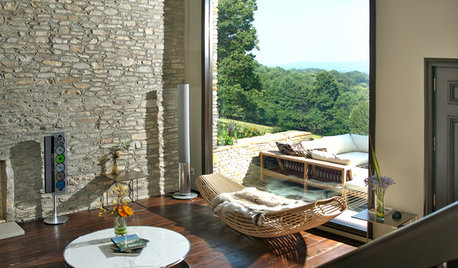
REMODELING GUIDESYour Floors: Zebra, Tiger, and Teak Wood, Oh, My!
Get the Pros and Cons of Exotic Woods: Hickory, Cherry, Rosewood and More
Full Story
LANDSCAPE DESIGNSee 5 Unexpected Ways to Use Vines
Vines can grow over slopes, trail off pergolas and add seasonal color to the garden
Full Story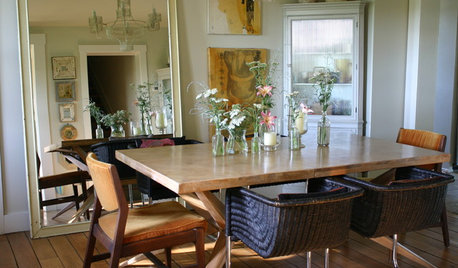
DECORATING GUIDESLarge-Scale Pieces Give Small Rooms Massive Style
Work bigger elements into a diminutive space and watch its design cred grow by leaps and bounds
Full Story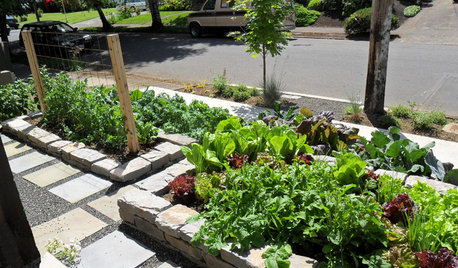
FRONT YARD IDEASWelcome Edibles Into the Front Yard for Fresh Food and More
Give your front yard design a boost and maybe even make new friends by growing fruits and vegetables
Full Story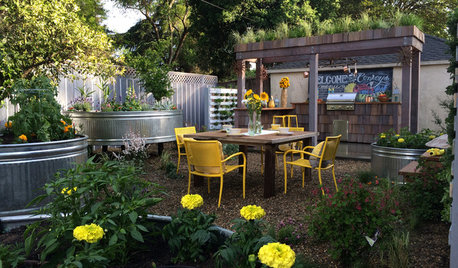
FARM YOUR YARDRemake Your Backyard Into a Mini Farm
You can get a taste of country life by line-drying your laundry, growing some produce or going whole hog with the critters
Full Story
DECORATING GUIDESCalifornia Law: License to Practice Interior Design?
A proposed bill that would require a license to practice interior design in California has Houzzers talking. Where do you stand?
Full Story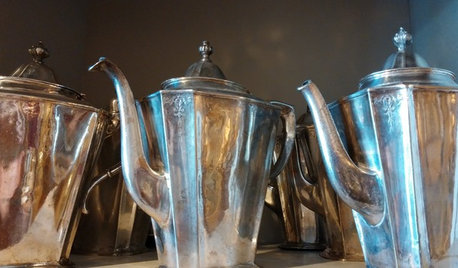
TRADITIONAL STYLEDecorating With Antiques: Silver’s Legacy
Learn how to tell sterling from plate, ways to display pieces and why silver is so darn special to begin with
Full StorySponsored






razorback33
opal52
Related Professionals
Severn Landscape Architects & Landscape Designers · Arlington Landscape Contractors · Bedford Heights Landscape Contractors · Dixon Landscape Contractors · Flagstaff Landscape Contractors · North Richland Hills Landscape Contractors · Rosemount Landscape Contractors · Thornton Landscape Contractors · Wells Landscape Contractors · Bensenville Landscape Contractors · Bonney Lake Fence Contractors · Palmetto Bay Fence Contractors · Washington Fence Contractors · Newton Window Contractors · West Springfield Window Contractorsdanita
botanicat
girlgroupgirlOriginal Author
razorback33
girlgroupgirlOriginal Author
razorback33
lucky_p
girlgroupgirlOriginal Author